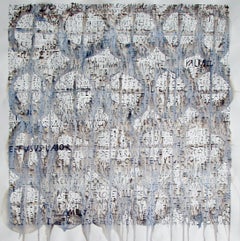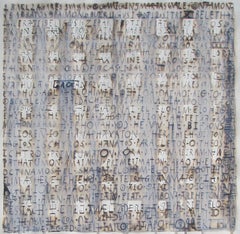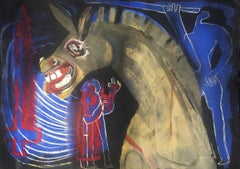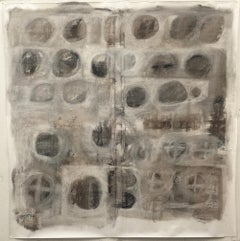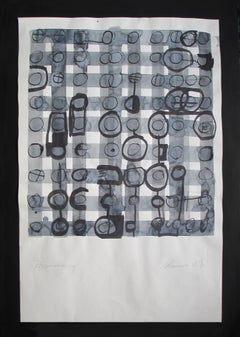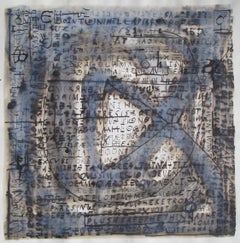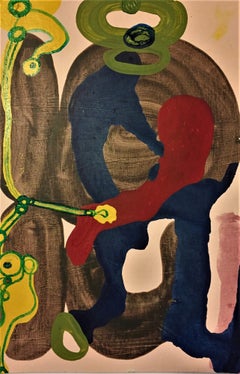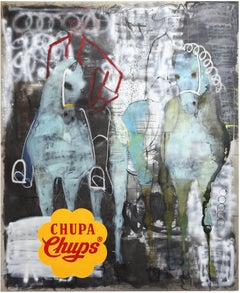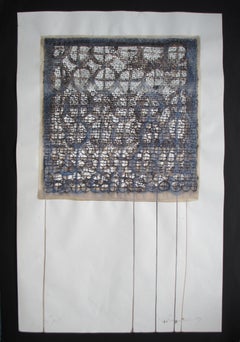Wayne Summers Art
2010s Contemporary Wayne Summers Art
India Ink, Archival Paper
2010s Contemporary Wayne Summers Art
India Ink, Archival Paper
20th Century Contemporary Wayne Summers Art
Acrylic
2010s Abstract Wayne Summers Art
Chalk, Charcoal
2010s Contemporary Wayne Summers Art
India Ink, Archival Paper
2010s Contemporary Wayne Summers Art
India Ink, Archival Paper
2010s Contemporary Wayne Summers Art
India Ink, Archival Paper
2010s Contemporary Wayne Summers Art
India Ink, Archival Paper
2010s Contemporary Wayne Summers Art
India Ink, Archival Paper
2010s Contemporary Wayne Summers Art
India Ink, Archival Paper
2010s Contemporary Wayne Summers Art
India Ink, Archival Paper
2010s Abstract Wayne Summers Art
Ink, Graphite
2010s Medieval Wayne Summers Art
Acrylic
2010s Contemporary Wayne Summers Art
Oil, Acrylic
2010s Contemporary Wayne Summers Art
India Ink, Archival Paper
2010s Abstract Expressionist Wayne Summers Art
Paint, Paper, Conté, Charcoal, India Ink, Acrylic, Tempera, Watercolor, ...
2010s Contemporary Wayne Summers Art
Canvas, Charcoal, Oil Crayon, Raw Linen, Oil, Spray Paint, Acrylic, Pencil
2010s Contemporary Wayne Summers Art
Canvas, Acrylic
2010s Abstract Expressionist Wayne Summers Art
Paint, Paper, Acrylic, Tempera, Watercolor, Graphite, Conté, Oil Pastel,...
2010s Minimalist Wayne Summers Art
Paper, India Ink, Acrylic
2010s Contemporary Wayne Summers Art
Canvas, Acrylic
2010s Abstract Wayne Summers Art
Paint, Paper, Conté, Charcoal, India Ink, Acrylic, Tempera, Watercolor, ...
2010s Abstract Wayne Summers Art
Paper, India Ink
2010s Abstract Wayne Summers Art
Paper, India Ink
21st Century and Contemporary Contemporary Wayne Summers Art
Canvas, Acrylic
2010s Abstract Wayne Summers Art
Paper, India Ink
2010s Abstract Wayne Summers Art
Paper, India Ink
2010s Contemporary Wayne Summers Art
India Ink, Archival Paper
